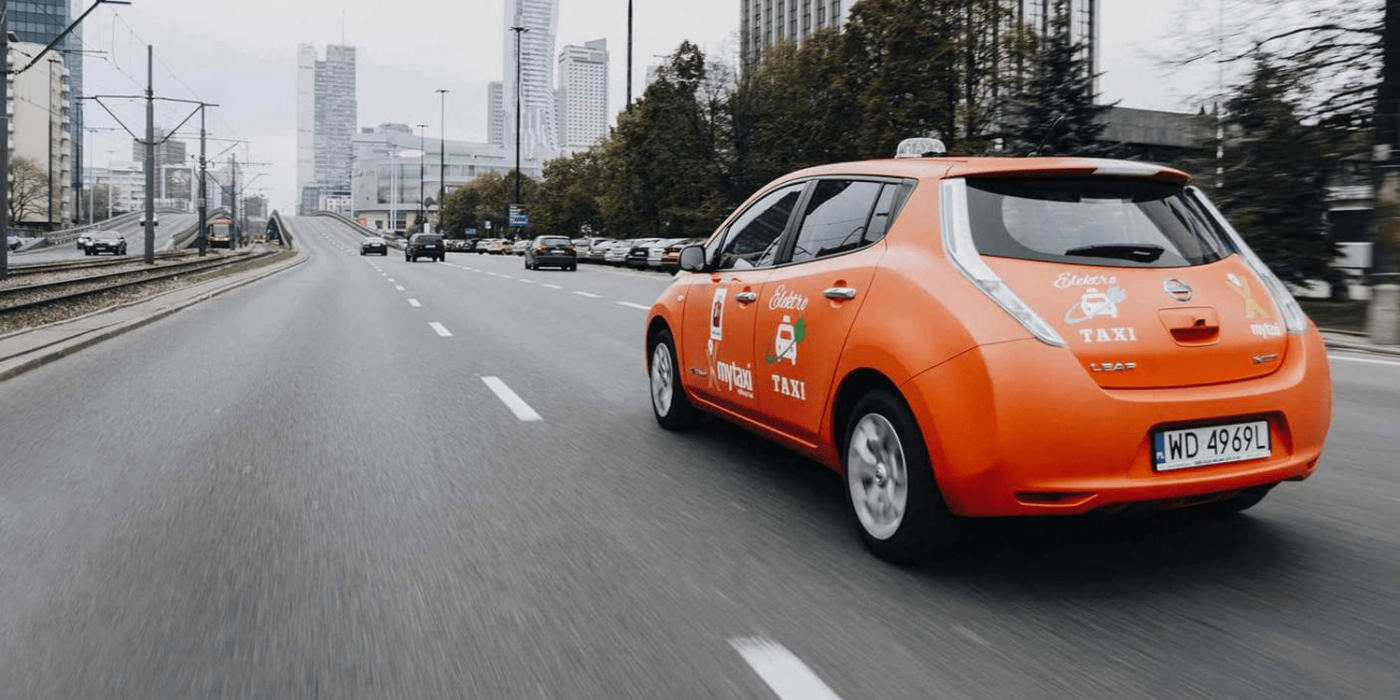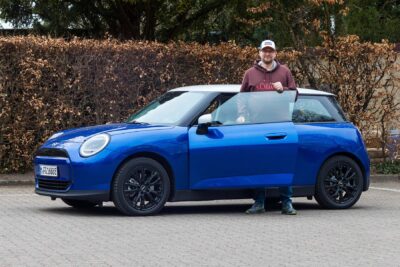Poland: High subsidy for low-cost electric vehicles
In August 2019, 6,672 electric vehicles drove on Polish roads, with a share of just 0.2%, Poland is at the bottom of the league in Central Eastern Europe. Nevertheless, or precisely because of this, the Polish government has set itself ambitious targets for e-mobility. But the new funding programme is controversial, as Aleksandra Fedorska reports.
According to the politicians in Warsaw, by 2030 more than 600,000 electric cars should be on the road in the country. The starting position in Poland and other Central-Eastern European countries is very manageable. In Slovakia, for example, there is only one electric car per 300 cars with a combustion engine, in Poland one per 500 combustion engines. By comparison, every 50th new car in Germany has an electric drive.
Experts from the region point out that in the past there were hardly any subsidy programmes to support the purchase of an electrically powered vehicle. Statistics from the European Automobile Manufacturers Association (ACEA) show, however, that there are at least two exceptions, which could hardly be more contradictory in their results. Slovenia will raise the e-car premium to up to 8,000 euros from an already lavish 7,500 euros from December. As a result, the country has achieved the highest electric car quota in the region with 0.9 per cent. The opposite example is Romania: The state subsidises electric vehicles with up to 10,000 euros, but despite this purchase premium, with a new registration share of 0.5 per cent, it only reaches the average value in Central Eastern Europe.
In Poland, there has been no government subsidy – until now. On 19 November a generous subsidy programme came into force – no doubt the Polish government is hoping for Slovenian rather than Romanian results. The maximum purchase premium per car was set at 37,500 zlotych (8,600 euros). This makes Poland one of the most generous promoters of e-mobility in Europe in one fell swoop. But there are some restrictions: Only battery-electric cars whose purchase price does not exceed 125,000 zlotych (29,000 euros) are eligible for funding. If a car is more expensive, it receives no subsidy at all – there is no such thing as a graduated purchase premium as has recently been the case in Germany. Also important: companies, plug-in hybrids and electric buses are excluded from the subsidy.
Even compact cars are too expensive
The measure could have an impact, as surveys show that many buyers in Poland are holding back for financial reasons. For this reason, the legislator is particularly keen to promote low-cost M1 vehicles. The price of an Opel Corsa-e in Poland is just under 125,000 zloty (29,000 euros), and the Renault Zoe costs around 120,000 zlotych (28,000 euros). The subsidy will significantly reduce the prices for these vehicles. But they are only small cars, even a compact car like the Nissan Leaf or in the future a VW ID.3 are more expensive.
Even with the subsidy, the pure purchase price is still too high for many customers. In this context, financing services are all the more critical for sales. “Financial products, therefore, play a key role in the development of electric mobility in Poland. Low-rate financing options enable almost everyone to realise their dreams of an electric car,” says Mikołaj Woźniak from Volkswagen Leasing Polska. With the Skoda Citigo e iV, the company currently offers the cheapest electric car on the Polish market. The purchase price is the equivalent of 18,800 euros.
Critics of the subsidy programme point out that no other state has linked state subsidies to such a low purchase price. “We are very disappointed because they are severely restricting the models of cars covered by this program,” said Dorota Pajączkowska of Nissan. “We believe that only the smallest and least functional models are covered in this area. Given this limitation, it should also be taken into account that electric cars sold in Poland as a result of this program may be less well equipped in terms of safety packages.” The Leaf costs 157,000 zlotych (36,500 euros) in Poland and will therefore not benefit from the support programme.
Do secondary cars benefit most instead of family cars?
According to Tomasz Tonder of VW Group Polska, the Polish support programme will hardly serve to expand e-mobility in the country. “What is needed is support for larger cars that could serve as family cars,” says Tonder. But these would cost between 160,000 and 200,000 zlotych. “If only small city cars are supported, people who want to buy a second car will benefit. Less wealthy people usually have only one family car.”
Proponents of the Polish Electromobility Promotion Programme point out that the prices of electric cars have already fallen sharply in the past and are still becoming cheaper. In their logic, this should lead in the medium term to the fact that compact cars could also be subsidised.
The Polish government’s plans for the domestic production of electric vehicles are not insignificant in the formulation of the current subsidy programme. ElectroMobility Poland, which belongs to four Polish energy companies, plans to build the first Polish electric cars as early as 2023.
About the author
Aleksandra Fedorska is a Polish-German political scientist and publicist. She works as a correspondent for Polish and German media in the fields of energy policy and e-mobility. Fedorska lives and works in Jagel in Schleswig-Holstein and the Polish city of Poznań.
Translated by: Chris Randall





0 Comments